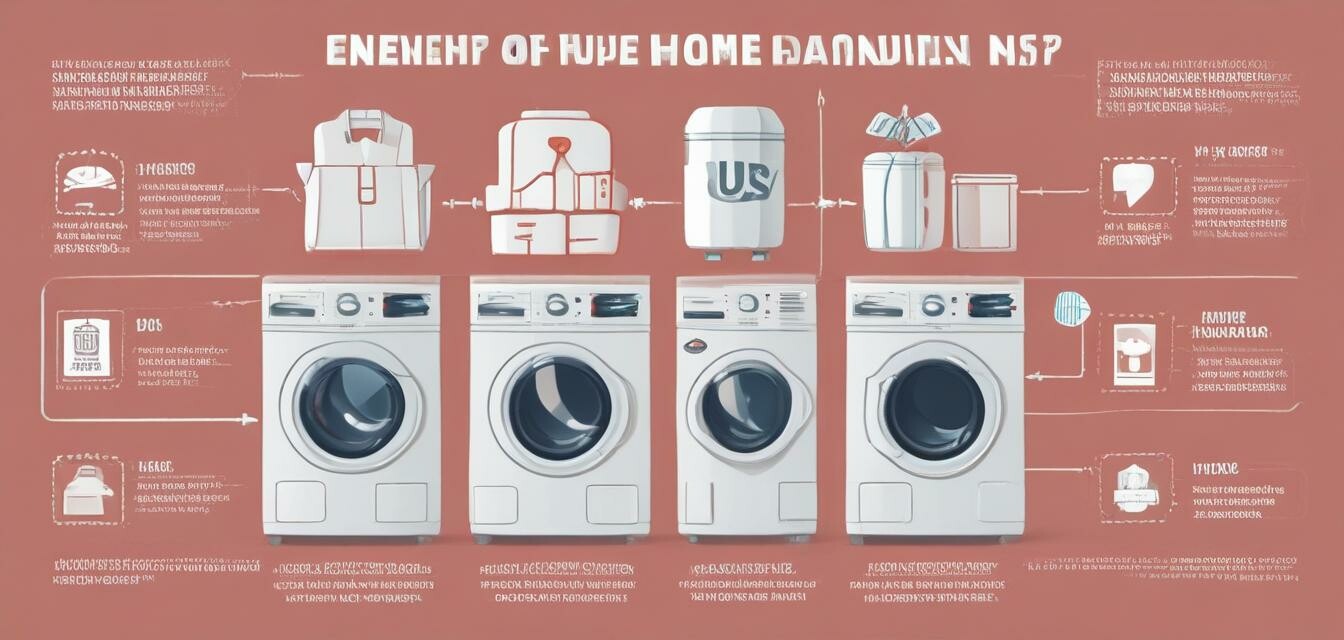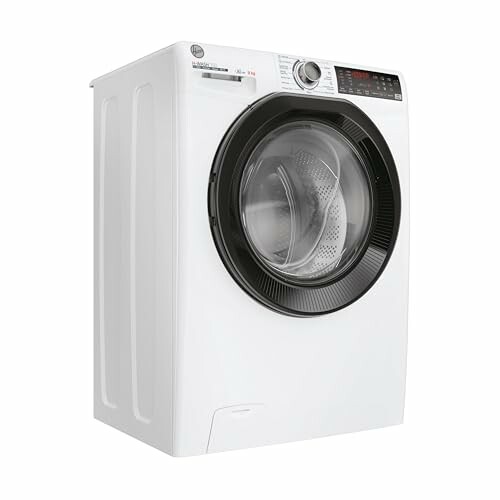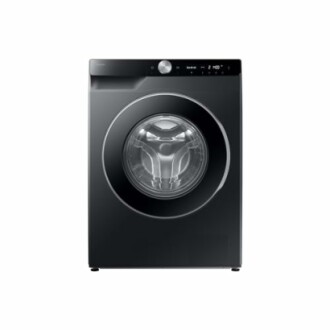
Energy-Saving Tips for Your Home Laundry
Key Takeaways
- Choose energy-efficient washing machines to save on electricity.
- Optimize your washing routines by using the right cycles and temperatures.
- Utilize drying techniques that minimize energy consumption.
Doing laundry is a necessity in every household, but it can also lead to high energy bills. By using energy-efficient practices, you can significantly reduce your energy consumption and environmental impact. Here are some effective laundry hacks to make the most of your washing machine while saving energy.
Choosing the Right Washing Machine
Investing in an energy-efficient washing machine can drastically lower your energy usage. Here are two top-rated options:
Hoover H Wash 350 9kg 1400rpm Washing Machine
A front-load washing machine with 9kg capacity, offering inverter technology for high efficiency.
Learn MoreSamsung Series 6 AI Energy + Auto Dose Washing Machine
This smart washing machine automatically adjusts cycles for optimal efficiency with its AI technology.
Learn MoreOptimizing Washing Routines
Here are some tips to further enhance your washing efficiency:
Load Size and Cycle Selection
- Full Loads: Always try to wash full loads to maximize efficiency.
- Cycle Options: Select the appropriate cycle for the type of laundry.
- Cold Water Settings: Using cold water can save energy compared to hot washes.
Water Temperature Settings
Most laundry can be adequately cleaned with cold water. Here’s a table highlighting the energy use associated with different water temperatures:
| Water Temperature | Typical Use | Energy Use Implications |
|---|---|---|
| Cold | All colors and delicate fabrics | Minimal energy consumption |
| Warm | Lightly soiled and colored items | Moderate energy consumption |
| Hot | Whites and heavily soiled items | High energy consumption |
Efficient Drying Techniques
The drying process can consume more energy than washing. To reduce this:
- Use a Clothesline: Hang clothes to dry when possible.
- Dryer Settings: Choose the appropriate drying settings for your load.
- Clean the Lint Trap: Regularly cleaning your dryer’s lint trap helps it run more efficiently.
Conclusion
By adopting these energy-saving tips in your laundry routine, you can enjoy cleaner clothes while cutting down on energy consumption. Remember, using energy-efficient machines like the Hoover H Wash 350 and Samsung Series 6 AI Energy Washing Machine is an investment not only in your clothing but also in a more sustainable future.
Beginner Section: Quick Tips for Energy Savings
- Always check for an Energy Star label when choosing appliances.
- Adjust settings according to the load type—less water means lower energy bills.
- Join our Buying Guide section for more tips on energy-efficient products!
Pros
- Saves money on energy bills
- Reduces environmental footprint
- Extends lifespan of appliances
Cons
- Initial investment may be higher for energy-efficient machines
- Requires adjustment to new habits


